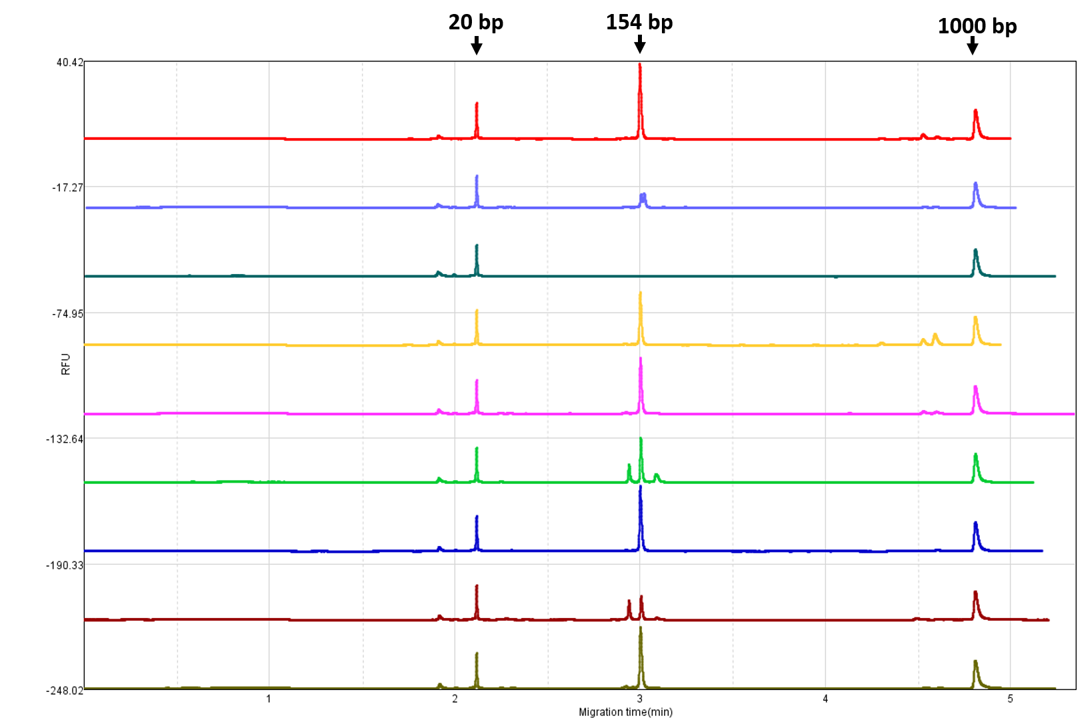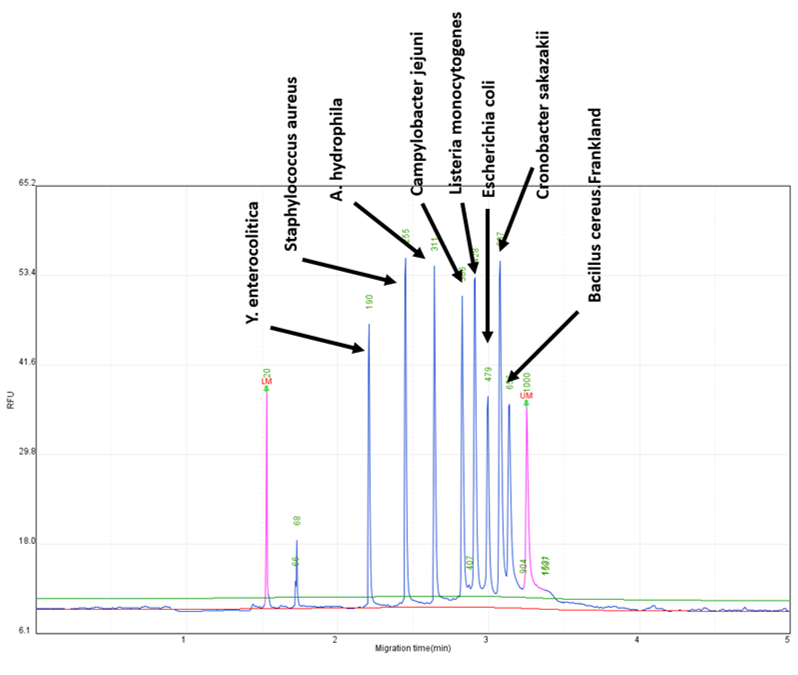SSR / Microsatellites
What is SSR/microsatellite?
Over the years, the progress of molecular genetics methodology and the increasing availability of DNA amplification by PCR leads to widespread use of codominant molecular markers, especially microsatellites, also known as simple sequence repeats (SSRs), also known as short tandem repeats (STRs).
A microsatellite is defined as repeated DNA motifs that range in length from one to six nucleotides and typically repeat up to 100bp. In the fields of identifying species, diagnosis of diseases, population genetics, and so on, microsatellite is a powerful genetic marker. For instance, repeating DNA sequences can lead to many diseases, such as Huntington's disease, which is caused by one to six repeated nucleotides located in regulatory flanking or intronic regions of genes, or directly in codons of genes where it results in the microsatellite mutations. Moreover, in the cancer diagnosis, microsatellites also could be a helpful marker to assess tumor progression. In tumor cells, it reflects the loss of a mechanism of replication, thus microsatellites may be shown or lost with high frequency in the cell mitosis. Therefore, a tumor cell line might show a different genetic fingerprint from that of the host tissue. Also, by developing efficient libraries of SSR/microsatellite markers and selecting positive clones it is possible to detect certain diseases.
Polymerase chain reaction (PCR) is the common technology to enrich repetitive sequences. The Next Generation Sequencing (NGS) platform also provides a new method for detecting microsatellites. However, the NGS platform costs a lot. To effectively reduce the cost of every experiment, the Qsep series bio-fragment analyzers of BiOptic will be the best partner. The Qsep series products are based on capillary electrophoresis (CE), which provides flexibility in sample amounts and helps in positive screening.

▲ Using the first set of primers, three strains of the Torreya grandis were identified.
The bright green and brown peaks represent the different strains of Torreya grandis than other peaks. Strains identification was performed by using the S1 cartridge in Qsep100 bio-fragment analyzers.

▲ Viral Pathogen Identification
Clarifying the species of pathogens could instantly help physicians to do a precise treatment.
This figure was performed by using the S1 cartridge in Qsep100 bio-fragment analyzers.
